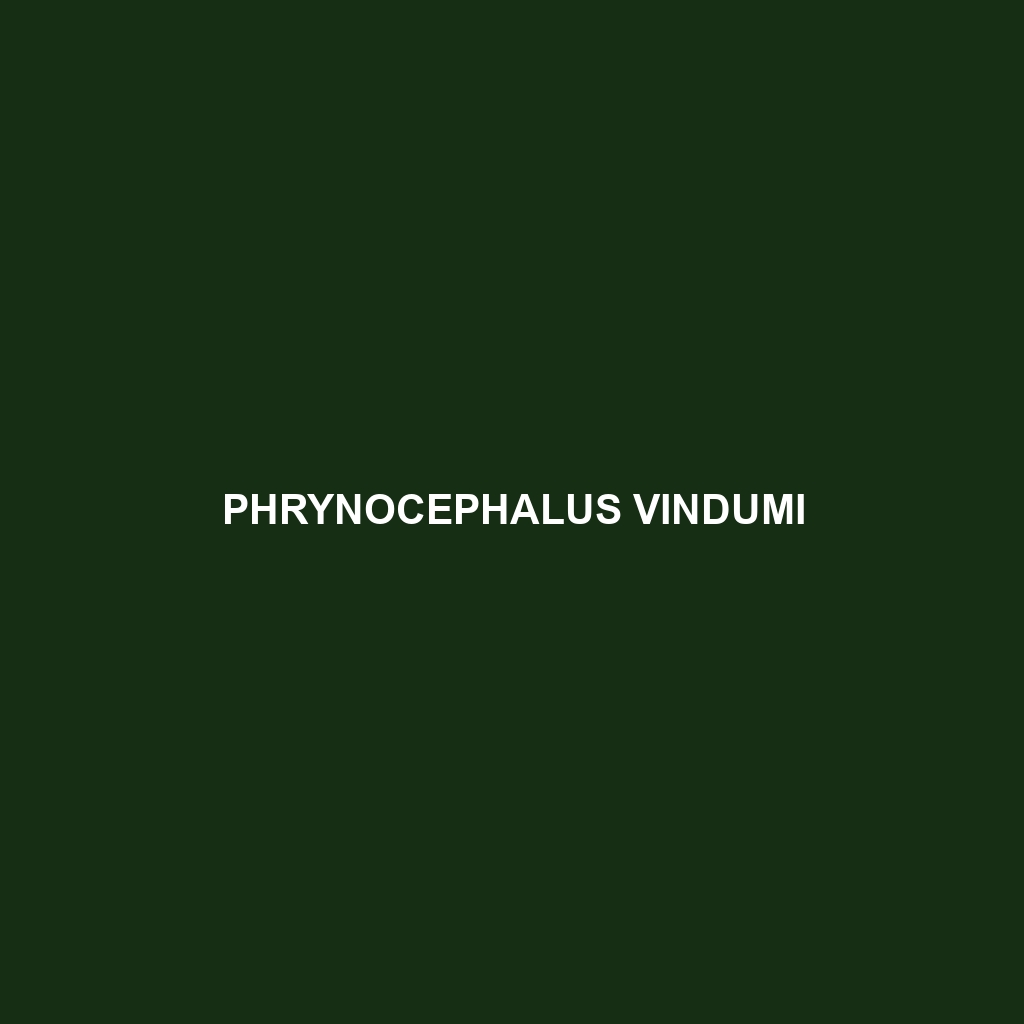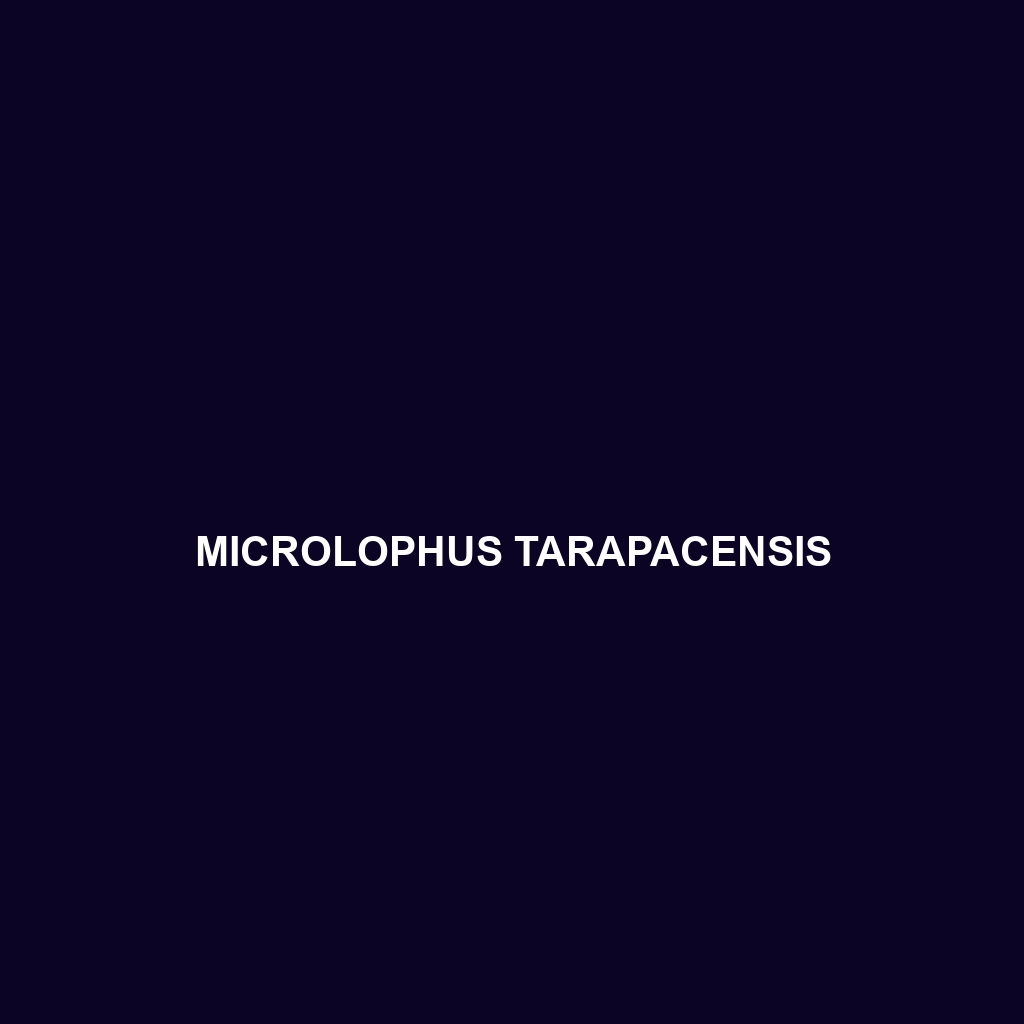The <b>Phyllodactylus pumilus</b>, or small leaf-toed gecko, is a nocturnal, insectivorous reptile native to arid regions of central and northern South America, recognized for its slender body, flattened toes, and exceptional climbing abilities. This species plays a vital role in ecosystems by controlling insect populations and exhibits fascinating traits such as tail regeneration and color adaptation for camouflage.
Tag: arid habitats
Phrynosoma cerroense
Discover the fascinating Cerro Horned Lizard (Phrynosoma cerroense), known for its unique horn-like spikes, remarkable camouflage, and adaptability to arid habitats in Mexico. This insectivorous species plays a vital role in maintaining ecological balance while exhibiting intriguing behaviors such as basking and social interactions during mating season.
Phrynocephalus vindumi
<p><b>Phrynocephalus vindumi</b>, known for its striking appearance and spiny scales, thrives in arid Central Asian habitats, exhibiting unique behaviors such as diurnal foraging and elaborate mating displays. An insectivore, this resilient lizard plays a pivotal role in controlling insect populations and contributes to the ecological balance of its environment.</p>
Phrynocephalus interscapularis
Discover the <b>Central Asian Toad-headed Agama</b> (<i>Phrynocephalus interscapularis</i>), a distinctive lizard thriving in the arid regions of Central Asia, renowned for its unique burrowing abilities, striking camouflage, and fascinating mating displays. Measuring 15-25 cm in length, this insectivorous species plays a crucial role in maintaining ecological balance within its sandy desert habitat.
Pedioplanis laticeps
<strong>Pedioplanis laticeps</strong>, known as the wide-headed skink, thrives in Southern Africa's arid habitats and is characterized by its robust body, wide head, and regenerative tail. This insectivorous species plays a vital role in controlling insect populations and is notable for its intriguing solitary behavior and unique adaptations to its environment.
Pachydactylus vanzyli
<b>Pachydactylus vanzyli</b> is a remarkable gecko native to the semi-desert regions of Namibia and Botswana, known for its striking mottled coloration, large flattened toes for climbing, and nocturnal hunting habits. This insectivorous species plays a vital role in its ecosystem by controlling pest populations while being an important prey for larger predators.
Pachydactylus maraisi
Discover the <b>Pachydactylus maraisi</b>, a remarkable nocturnal reptile native to the arid regions of southern Africa, featuring distinctive thick toes for climbing rocky terrains and a diet primarily consisting of insects. Adapted to thrive in harsh environments, this species plays a vital role in its ecosystem by controlling insect populations while exhibiting impressive camouflage and survival strategies.
Namibiana latifrons
The Namibiana latifrons, also known as the broad frons species, is a resilient omnivore native to the arid regions of southwestern Africa, known for its slender body, unique broad forehead, and adaptability to extreme environmental conditions in habitats like the Namib Desert. This fascinating species plays a crucial role in its ecosystem, contributing to the balance of food webs and promoting plant growth through its foraging habits.
Microlophus tarapacensis
Discover the Microlophus tarapacensis, also known as the Tarapacá lizard, a fascinating insectivore native to the arid coastal regions of northern Chile. With its remarkable camouflage, robust build, and unique behaviors, this lizard thrives in rocky outcrops while playing a vital role in its ecosystem.
Mesalina kuri
Discover the fascinating Mesalina kuri, a slender lizard native to arid North African regions like Morocco and Algeria. Adapted to thrive in sandy habitats, this insectivore exhibits remarkable speed and unique color-changing abilities, playing a crucial role in its ecosystem by controlling insect populations and contributing to soil health.









